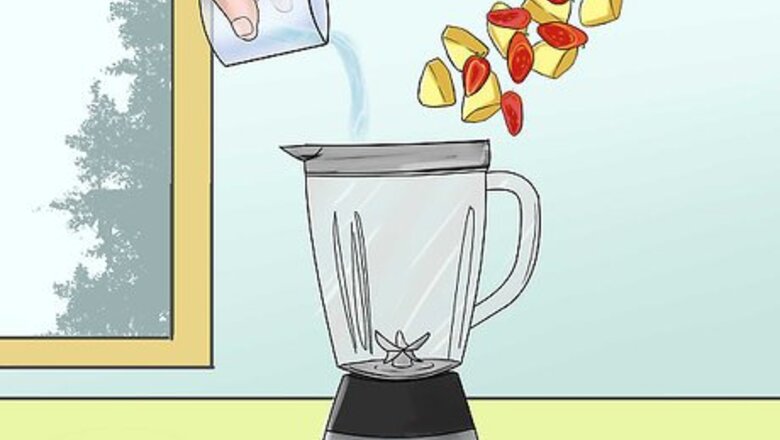
views
Using a Blender
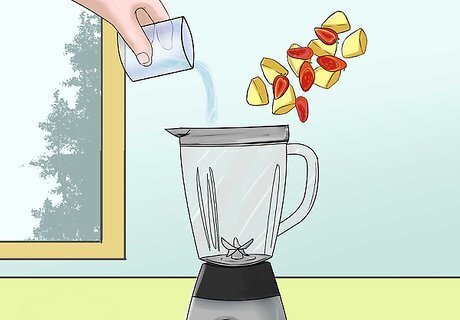
Mix soft foods and liquids in a blender. Blenders are suitable for mixing soft food and liquids into smoothies, soups, sauces, shakes, and liquid-based dips. Use a blender for such kitchen jobs as pureeing, emulsifying, and blending. Blenders are good for a speedy snack such as a protein smoothie whereas food processors tend to be slower paced and get better use when making large meals.
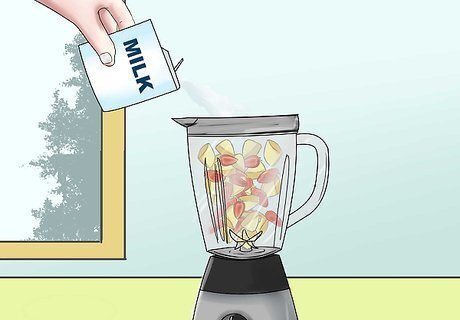
Use a blender if you want to make smoothies. Pour one or two cups of milk or water into the blender, followed by the fruits and vegetables of your choosing. Wait at least 10 seconds until the mix is completely liquified. Blenders liquefy fruit well (unless it is really hard fruit). The blades on blenders are not razor sharp. The motor is the powerhouse behind blending the food. Because of the dull blades, a blender is great for blending liquids and substances that are borderline-liquid.
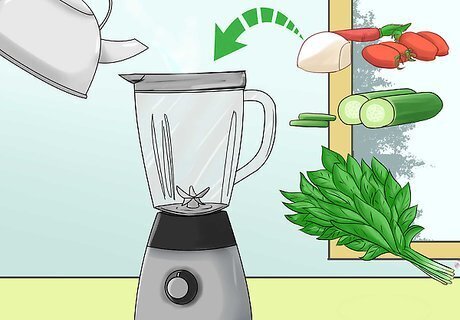
Mix soups with your blender. Pour one and a half cups of warm or hot water into your blender. Add vegetables and spices to the blender according to the recipe you choose. Blend your mixture on high for about one and a half minutes or until smooth.
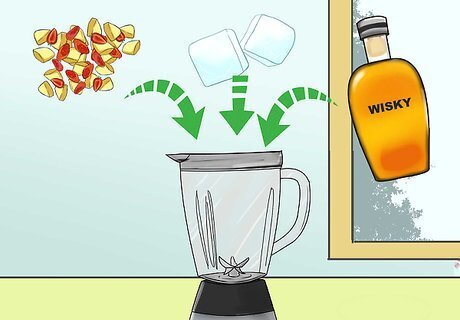
Make cocktails with your blender. Fill your blender with the fruits, fruit juice, liquor, and ice your cocktail recipe entails, but make sure the fruit you add is fresh and not canned. Cut the fruit into 1-inch pieces, and add them to the mixture first. Add the ice last, mix it up, pour your drink into a cocktail glass, and garnish your cocktail any way you like! Blenders are often found behind the bar as an essential for making cocktails.
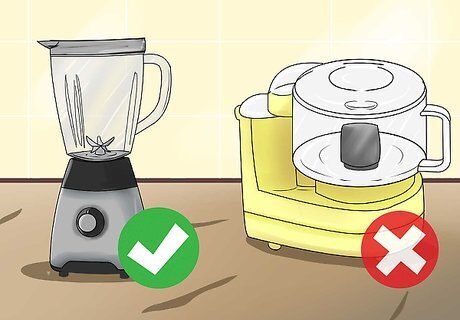
Choose a blender if you're not a huge cook. Consider whether you need both or only one piece of equipment in the kitchen for making everyday meals. If you're not a huge cook or eat out a lot, a food processor might not be the right choice for you. It is possible to get by with a blender, as food processors tend to be expensive.
Preparing Meals with a Food Processor

Use your food processor for large meals. Food processors are not the best for mixing small amounts of foods. The wider work bowl of a processor makes it more suitable for larger, bulk processing over the blender. Use your food processor when making larger meals that might involve grating cheese, chopping vegetables or kneading pie crusts.
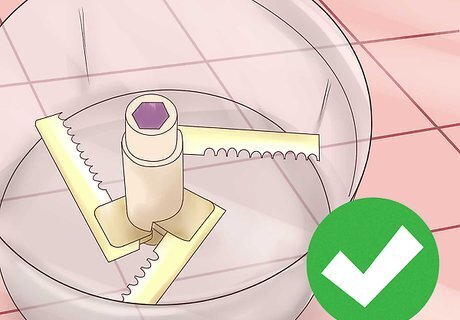
Use a food processor to chop solid foods. Unlike blenders, food processors have razor sharp blades. A food processor is much more versatile and is suitable for dealing with non-liquid, heavier foods.

Attach the S blade to chop vegetables. Pick the type of blade you would like to use, the S blade is best for chopping vegetables, and attach it on the inside of the food processor. You can prep vegetables, and it's also an easy way to chop onions without crying. The food processor will chop, julienne, pulverize, mash, and split foods. Your blender, on the other hand, will probably start smoking if you force it to try to do these things.
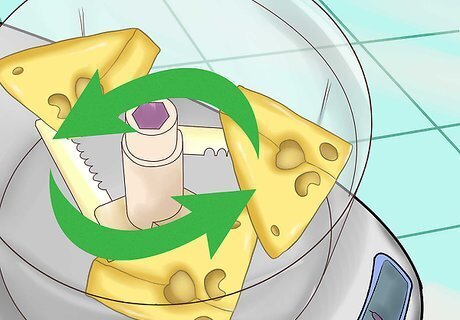
Grate cheese with your food processor. Attach the grating disc, also called the shredding disc, to the top of the bowl on your food processor. Use this attachment to grate cheese, bread or vegetables.
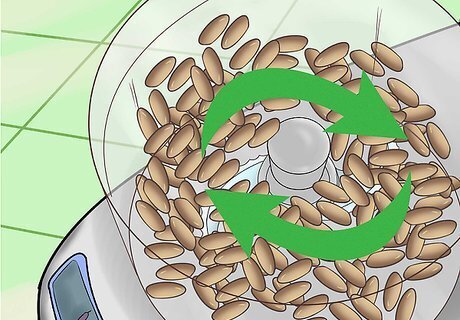
Attach the grinding blade to grind nuts. Put nuts without their shells into your food processor when using the grinding blade. The food processor will soon turn the nuts into butter.
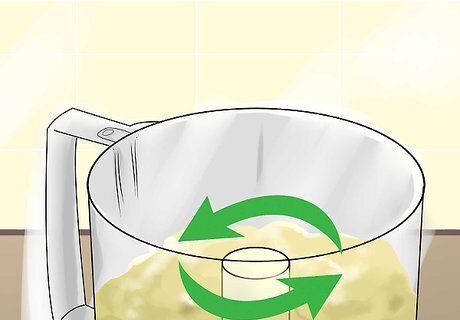
Knead dough with your food processor. Pick a food processor that's solid and sturdy if you plan to use it to knead dough. Connect the kneading attachment to knead dough for pie crusts and more.

Choose a food processor if you love to cook. Food processors are pretty much indispensable for a good cook who likes to experiment across a wide range of recipes. If you're always having dinner parties, a food processor would help with the meals. If you can't afford one, wait for the sales when good quality models from the year before can go for very reasonable prices.



















Comments
0 comment